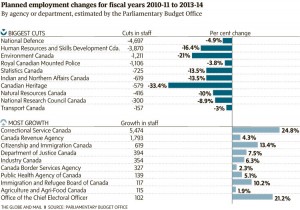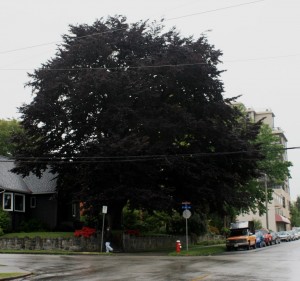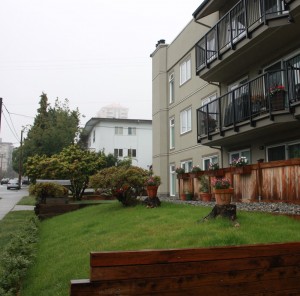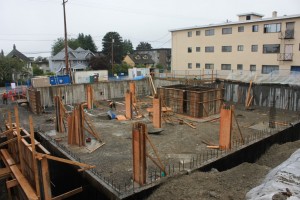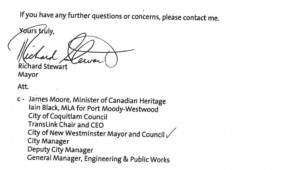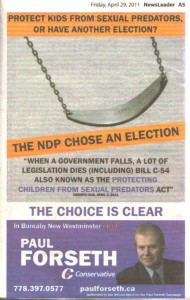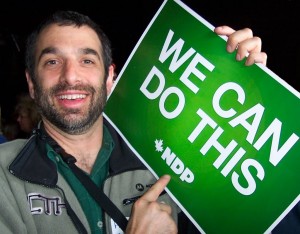I’m not one of those people who feared Stephen Harper’s “hidden agenda”. I am one of those people who found his expressed agenda to be frightening enough. With the new budget that no-one seems to have noticed (what with Hockey Games and Gene Simmons and Hugh Hefner both having marital woes…), the Harper Government™ clearly outlines what their priorities are. The following graphic shows how he will distribute the 4000 federal job cuts over the next few years. The plan seems to be to put scientists in jail. But before I get all Godwin here, let’s look at the numbers.
Now this is from the Parlimentary Budget Office, and although they work directly for Harper, they have disagreed in the past, but these are the best numbers so far. Let’s start with the cuts.
The biggest cut (33.4%) will be in Heritage (sorry Minister Moore, but your portfolio is shrinking as fast as your credibility on the Evergreen Line). No surprise here, Heritage represents a lot of things Stephen Harper hates: media, culture, art, women’s equality, multiculturalism, the French language, etc. No hidden agenda here, he puts that depressing shit right out there on his sleeve and lets us sniff it.
Next in line is Environment Canada (21%). I guess we should not be surprised. It is the uppity Environment Canada types who irritatingly point out that tar sands development is annihilating large areas of the north, and is threatening two of the nations largest Rivers. As someone who works with EC enforcement officers trying to keep people from dumping oil into fish-bearing streams, I know those officers are overworked and their departments understaffed. Their ability to enforce the simplest environmental rules (like don’t dump oil into fish-bearing streams) is hampered.
These cuts also fly in the face of the Government’s own Independent Report released just before Christmas (when everyone was paying attention) stating that Canada had a responsibility to step up monitoring and enforcement to protect people and the environment from Tar Sands impacts. But that is just a bunch of science-talk…
Next comes Human Resources and Skills Development (16.4%). Good timing Steve. Bolstering our “fragile recovery” by taking away help for people whao are actually trying to get re-trained and find new jobs. What a Dick.
INAC will see a 13.5% cut. Again, ugly, but not surprising. Why continue to support people living in third-world level poverty, with inadequate housing, no clean water, and no access to jobs or education? I guess the thinking is that it is easier to provide for them in the new jails we are building…
The next three are Stats Can (13.5%), Natural Resources Canada (10%) and the National Research Council (8.9%). These are the agencies that actually guide government policy on the basis of facts and information. How in the hell do you govern an information-age country without access to the highest quality information? Admittedly, reality often gets in the way of Conservative ideology. The research is clear that Insite saves lives and saves the taxpayers money, but Harper hates druggies and wants it closed. This is why they keep bringing back mandatory minimum sentences for non-violent drug crimes, although no-one in criminology, including the former head of the US DEA who introduced the same laws down south, think it is a good idea. Every police force in the country says the Long-gun Registry is useful and saves lives, but the redneck base hates it, so it has to go. Crime is steadily going down across the country, but “Tuff on Crime” bills bring in the votes. A nuclear scientist tells him a nuclear reactor is unsafe, he fires her and opens it anyway.
When facts get in the way, get rid of the facts. This is the problem with ideology-driven decision making: it is what crippled the USSR and keeps Cuba impoverished, it is what is killing the US economy, and it is how the Taliban destroyed Afghanistan. This is terrible leadership.
The cutting of 4.9% of the defence staff is an interesting move. This likely will be met through retirements of soldiers who have been busy fighting oversees wars for a decade, and are about ready to get out. The budget doesn’t actually include the costs of the war in Libya, nor does it include the cost to buy his new jet planes, but that is prudent since no-one can agree with Mr. Harper on the price of those planes. So let’s call the defence budget even.
Cutting 3.5% of the RCMP also seems strange for a “Tuff on Crime” PM. However, a good friend of mine in the RCMP reminds me that their main role is not to put people in jail, it is to prevent crime. By preventing crime, they keep people safe, and save the taxpayers money. With crime prevented, who are we going to put in jail to keep the natives company? Scientists?
But it isn’t all cuts, Harper also plans to grow parts of the civil service:
Including a 24.8% increase in corrections officers. I don’t mean to be crass, but holy fucking shit. At the same time he is cutting Police officers, he is replacing them with almost 5x as many prison staff. The Harper agenda appears to be making us into a nation of Jailers.
I had a chat on the weekend with a family member who works in corrections, and suggested Harper guaranteed him job security. He agrees, with a laugh, but wishes that instead of building more prisons and hiring more staff, they put al ittle more money in to the prison programs that made his job easier: drug prevention, counselling, rehabilitation, fitness and education. When the prisoners are busy and are making progress towards a goal, they tend not to act violently towards guards, each other, or themselves. But the direction seems to be more towards warehousing now.
I just can’t figure out the increase in the Chief Electoral Officer’s office. It is not like we had a hard time running our elections or that election fraud was rampant. It also seems a strange place to save money at the same time you are cutting contributions to political parties… but I will have to chew on that one.
The next few seem to pretty obviously follow the trend, 13.4% increase in Citizenship and immigration, 10.2% in Immigration and Refugees, and 7.5% in the Department of Justice. Clearly, Harper does not think all prison population growth can be organic, but we will need to assure a good proportion of immigrants also find their way into our human warehouses.
Industry (6.3% increase) and Agriculture (1.9% increase) will assure subsidises keep flowing to his multinational partners, as will a large portion of the Public Health (5.1% increase) budget (Tamiflu anyone?)
There is no reason to fear a secret agenda here. It is right out front. When the Conservative majority was announced, I put a post out on Facebook that said “Bed Manufacturers of Canada, time to stop the production of your Hospital models, and start ramping up the Prison ones!”
Did anyone mention to these guys that by any reliable numbers, Crime is continuing to drop in Canada? Oh, yeah, I forgot, unreported crime is up. I guess getting rid of some RCMP officers and StatsCan will assure the unreported crime rate continues to grow. Who needs information when you have ideology?
Meanwhile, people in Vancouver tie themselves in knots of worry about the deeper meaning of a few broken windows, yet remain blithely unconcerned about our own government dropping bombs on civilians in Libya.
Discuss amongst yourselves.
